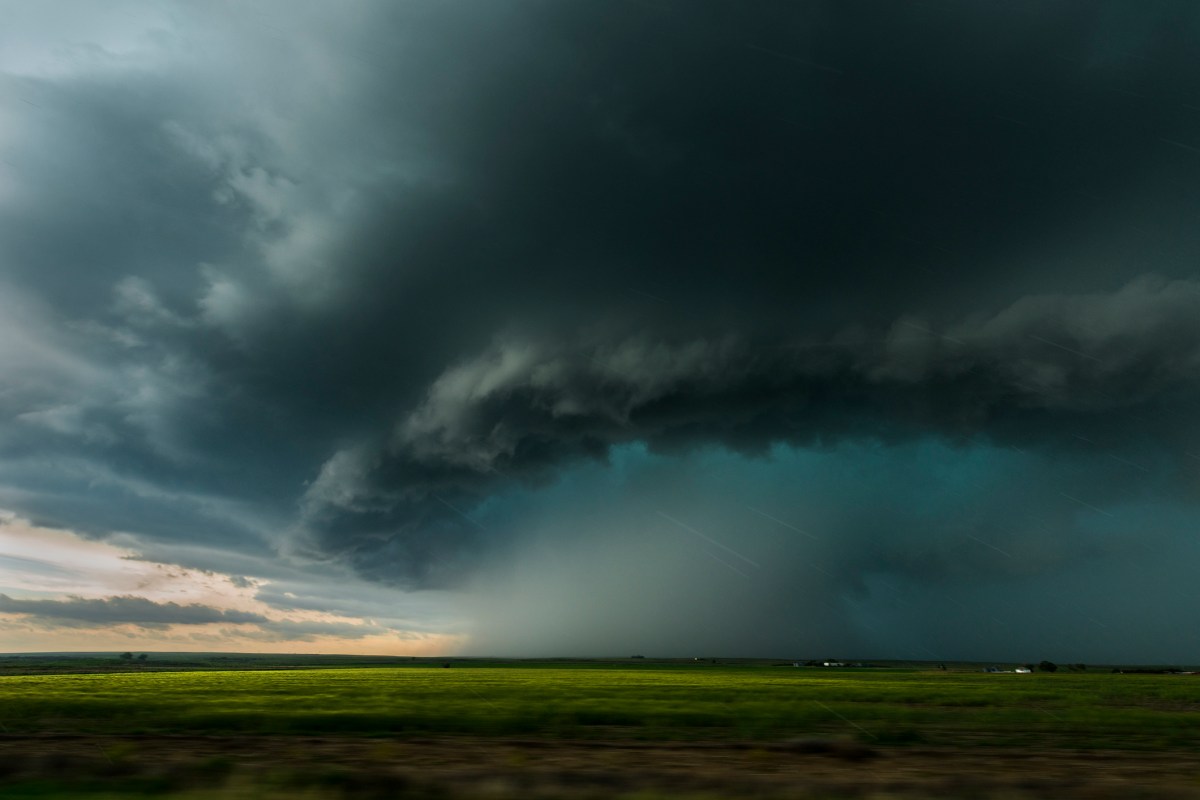Cloud seeding startup Rainmaker is partnering with Atmo, an AI-powered meteorology startup, the companies exclusively told TechCrunch.
The two operate on complementary ends of the weather system: Atmo studies atmospheric patterns to forecast weather events, while Rainmaker digests such data in an attempt to squeeze more precipitation out of weather systems.
Under the partnership, Atmo will use its deep learning models to help Rainmaker identify clouds that have potential for seeding. The forecasting startup will also offer Rainmaker’s cloud seeding services, deployed via small drones, to its customers.
For its part, Rainmaker will contribute data from its proprietary radar system to determine how much rain the clouds produced.
Rainmaker has been in the news of late, targeted by conspiracy theorists who claim that the startup’s cloud seeding operations in Texas played a role in recent floods in the state.
But according to several scientists TechCrunch spoke with, that’s simply not possible.
“Somebody is looking for somebody to blame,” Bob Rauber, a professor of atmospheric sciences at the University of Illinois, told TechCrunch last week.
Though cloud seeding can nudge clouds to drop more precipitation, it’s a small amount compared with the size of a storm. One well-documented case in Idaho released an additional 186 million gallons of precipitation, which pales in comparison with the “trillions of gallons of water” a large storm will process, Rauber said.
Cloud seeding is widely used throughout the Western United States, mostly to augment snowpack and boost the amount of water that ends up in reservoirs in the summer. While it’s also used in places like West Texas to coax more rain from summer storms, the results have been modest.
The West Texas Weather Modification Association, which Rainmaker has worked with previously, says that cloud seeding in the region has boosted precipitation by about 15%, or about two inches, per year.
The likely reason for that is because the types of clouds floating over West Texas don’t respond in the same way as clouds in mountainous regions like the Western U.S., Rauber said. Rainstorms are even less responsive, he added, since they’re already primed to drop plenty of precipitation.
Tim De Chant is a senior climate reporter at TechCrunch. He has written for a wide range of publications, including Wired magazine, the Chicago Tribune, Ars Technica, The Wire China, and NOVA Next, where he was founding editor. De Chant is also a lecturer in MIT’s Graduate Program in Science Writing, and he was awarded a Knight Science Journalism Fellowship at MIT in 2018, during which time he studied climate technologies and explored new business models for journalism. He received his PhD in environmental science, policy, and management from the University of California, Berkeley, and his BA degree in environmental studies, English, and biology from St. Olaf College.




